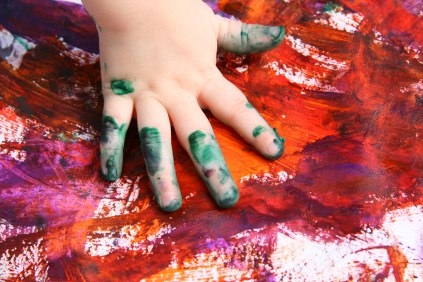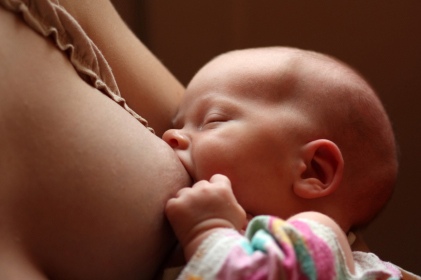It sometimes seems amazing how infants pick up the threads of human language. Do you wonder how infants form their own patterns of speech? According to a report in the Hindu newspaper, babies have an innate ability to track the patterns with which sounds or syllables appear together in adult speech.
The report, which is based on a study by Jenny Saffran, who works at the University of Madison, Wisconsin, says that when infants hear the sounds in adult speech being repeated over and over again, they can detect and use them to sort out their own patterns and interpret it in a certain way. This eventually helps in forming their speech, or what we call babble, that helps them to communicate.
On hearing phrases such as ‘pretty dog’ or ‘little cat’, eight month old babies appear to figure out that the sound ‘pri’ and ‘tee’ often come together. This means that they seem to apprehend what is being spoken by the way a word begins or ends.
As infants grow older, they continue to store these sounds as they become more experienced with the patterns and learn to attach linguistic values to them. This process of recognising patterns helps them in developing their language skills later.
What is interesting is that the way infants process this information could change with time. If they find a processing mode which is more useful, they switch, says Saffran.
But, this process is not as complex as it sounds. Mothers often use single words to communicate with their children and these are the words they learn first.










